By Tyler Rizzo, Storyland Studios
Sports venues have long been the heart of fandom, where memories are created, victories celebrated, and rivalries fueled. But in the 21st century, these arenas and stadiums are evolving beyond game-day spectacles.
A growing trend sees sports venues reimagined as entertainment, retail, and dining hubs designed to drive revenue and attract visitors year-round. Storyland Studios ’ strategy, consulting and experience design teams are increasingly asked to speak into amateur, collegiate and professional sports venues due to our longstanding reputation for imagining, designing and creating story-inspired experiences.
This transformation marks a significant shift from single-purpose facilities to dynamic community and economic anchors.
The rise of mixed-use sports complexes
Historically, sports venues were built as standalone facilities, often surrounded by vast parking lots. Today, forward-thinking developers and team owners see an opportunity to enhance their value by incorporating mixed-use elements. These additions provide fans and visitors with a reason to linger before and after events while also drawing non-sport-related traffic during off-peak times.
Take, for example, Truist Park in Atlanta, the home of the MLB's Atlanta Braves. The stadium is part of The Battery Atlanta, a mixed-use development featuring restaurants, bars, retail stores, a concert venue, and office space.
The Battery Atlanta has transformed the area into a vibrant destination that thrives independently of baseball season. Visitors can dine at popular spots like the Garden & Gun Club or catch a live show at the Coca-Cola Roxy, ensuring steady foot traffic and revenue generation.
Key drivers behind the trend
Economic diversification
By integrating retail, dining, and entertainment into their facilities, venue operators can diversify their income streams. Game attendance may fluctuate due to team performance or economic factors, but these ancillary services provide a reliable source of revenue regardless of what happens on the field.
The experience economy
Today's consumers crave experiences over transactions. Visiting a sports venue is no longer just about the game; it's about the entire outing. By offering dining options, concert venues, and unique attractions, venues can turn a few hours at a game into an all-day experience.
Community engagement
These projects position sports facilities as neighborhood hubs that serve the broader community. This shift fosters goodwill and creates additional opportunities for civic partnerships, sponsorships, and local business collaboration.
Notable examples of year-round engagement at sports venues
SoFi Stadium — Los Angeles, California, US
As the centerpiece of Hollywood Park, SoFi Stadium is much more than the home of the NFL's Los Angeles Rams and Chargers. Hollywood Park boasts a retail promenade, office space, and a residential district. The venue is also set to house a performance venue and numerous community programming events, ensuring the area is vibrant even when no games are scheduled.
Storyland Studios had the opportunity to contribute to key design elements within this facility.
Wembley Stadium — London, UK
Wembley Stadium, one of the most iconic sports venues in the world, is more than just the home of English football. The surrounding area features retail spaces, restaurants, and entertainment facilities. The nearby London Designer Outlet offers discounted shopping, ensuring visitors have ample reasons to visit beyond match days.
Events like concerts and community gatherings also make Wembley a year-round attraction.
Titletown District — Green Bay, W isconsin, US
Next to Lambeau Field, the home of the Green Bay Packers, lies the Titletown District—a mixed-use development featuring a hotel, brewery, activity park, and coworking space. By providing family-friendly activities and a range of leisure options, Titletown ensures that fans and local residents view the area as more than a game-day destination.
Tottenham Hotspur Stadium — London, UK
Tottenham Hotspur Stadium stands as a beacon of modern design and multi-functionality. In addition to hosting Premier League matches, the stadium features premium dining experiences, a rooftop attraction called The Dare Skywalk and is equipped for NFL games and concerts. The stadium’s advanced facilities ensure consistent usage, while nearby developments, including local businesses, enhance its appeal as a broader destination.
Tokyo Dome — Tokyo, Japan
The Tokyo Dome is part of Tokyo Dome City, a sprawling entertainment complex with an amusement park, a hotel, a spa, and a shopping center. Visitors can enjoy a day of roller coasters and other attractions before attending a baseball game or concert inside the Dome. This integration of entertainment and sports exemplifies how venues can create unforgettable, full-day experiences.
Overcoming challenges
The shift toward multi-purpose venues comes with challenges, from navigating zoning regulations to managing construction costs. Collaboration with local governments is often critical, particularly when public funding or incentives are involved. Additionally, developing a year-round attraction means addressing concerns from neighboring communities, including traffic, noise, and public safety.
However, these challenges are frequently outweighed by the benefits. Investments in mixed-use developments contribute to increased property values, job creation, and improved public infrastructure. Moreover, these projects can rejuvenate underutilized areas, turning them into bustling economic hubs.
The retail playbook for sports venues
Retail components within sports venues are another key to unlocking year-round potential. Developers have begun integrating traditional retail experiences alongside niche offerings that complement the venue’s identity.
For instance, Mercedes-Benz Stadium in Atlanta offers concessions through partnerships with local chefs and restaurateurs, elevating game-day dining beyond typical stadium fare. In Green Bay’s Titletown, curated retail includes sports-themed boutiques and family-focused shops, ensuring relevance to visitors’ diverse needs.
In some of the sports projects we’re currently working on, we’re looking at a model where retail, dining and entertainment would be open every day, not just on game day.
One critical insight from this trend is the importance of curating offerings that align with the target demographic. A stadium hosting NBA games in a metropolitan area might emphasize nightlife options, while a suburban baseball park could invest in family-oriented attractions.
Leveraging technology and data in sports venues
The integration of technology is playing a transformative role in this trend. Mobile apps, for example, allow visitors to reserve dining spaces, order concessions, or explore retail offerings without waiting in line. Analytics tools help venues understand consumer behavior, enabling operators to refine offerings and drive personalization.
Take T-Mobile Arena in Las Vegas: It harnesses data analytics to manage event operations and tailor marketing campaigns, driving greater consumer engagement. Visitors who see their preferences reflected in the venue’s offerings are more likely to return and spend.
A blueprint for future development
Adding entertainment, retail, and dining to sports venues is more than a passing trend; it's a proven strategy to create thriving ecosystems that generate economic value far beyond game-day revenue.
Developers aiming to replicate this success should consider several best practices:
- Understand the audience: Know the community and fan base to create offerings that resonate with their interests and lifestyles.
- Partner strategically: Collaboration with local businesses, chefs, and entertainment providers fosters authenticity and community integration.
- Design for flexibility: Build spaces that can host varied events, from concerts to farmer’s markets, ensuring year-round appeal.
- Focus on connectivity: Seamless transportation and access are critical to drawing consistent crowds beyond game day.
Conclusion
In an era where sports teams compete for both fans and revenue, the reimagination of sports venues as multifaceted hubs is a game-changer. By integrating entertainment, retail, and dining, these venues create vibrant destinations that benefit fans, communities, and bottom lines alike.
From the urban innovation of The Battery Atlanta to global icons like Wembley Stadium, Tottenham Hotspur Stadium, and Tokyo Dome, the possibilities for transforming sports facilities into engines of growth are limitless.
As venues evolve, they redefine what it means to experience sports and what these cultural landmarks can contribute to our lives.
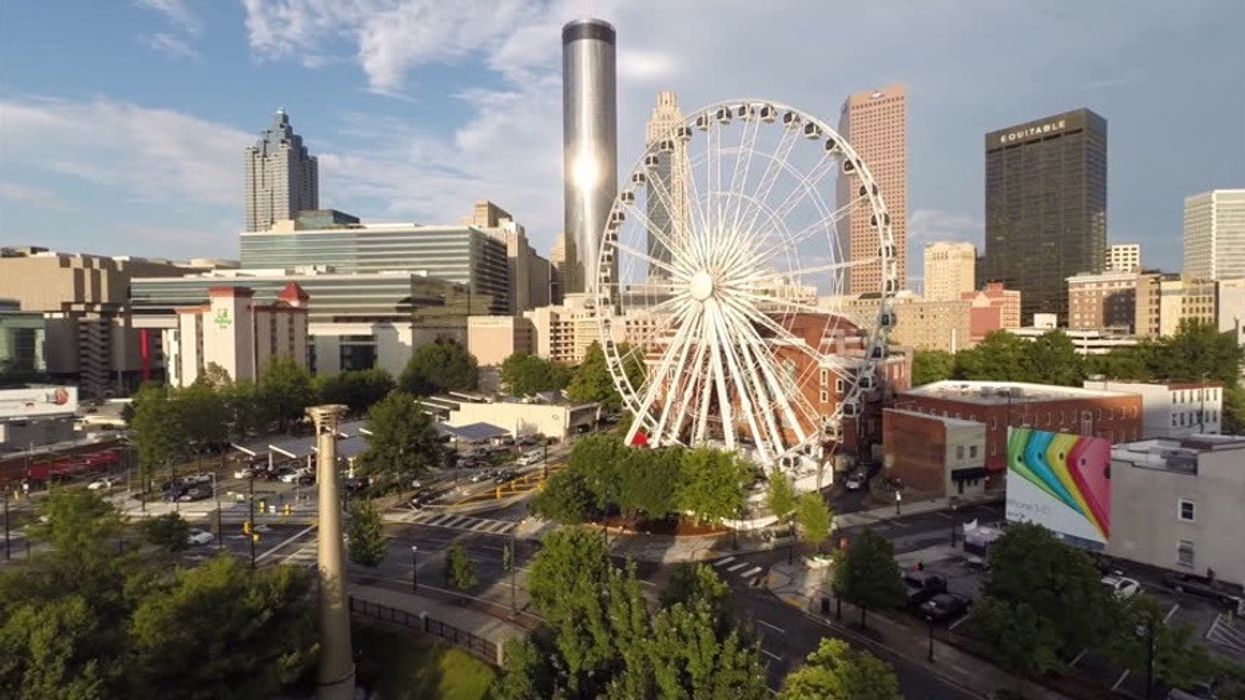



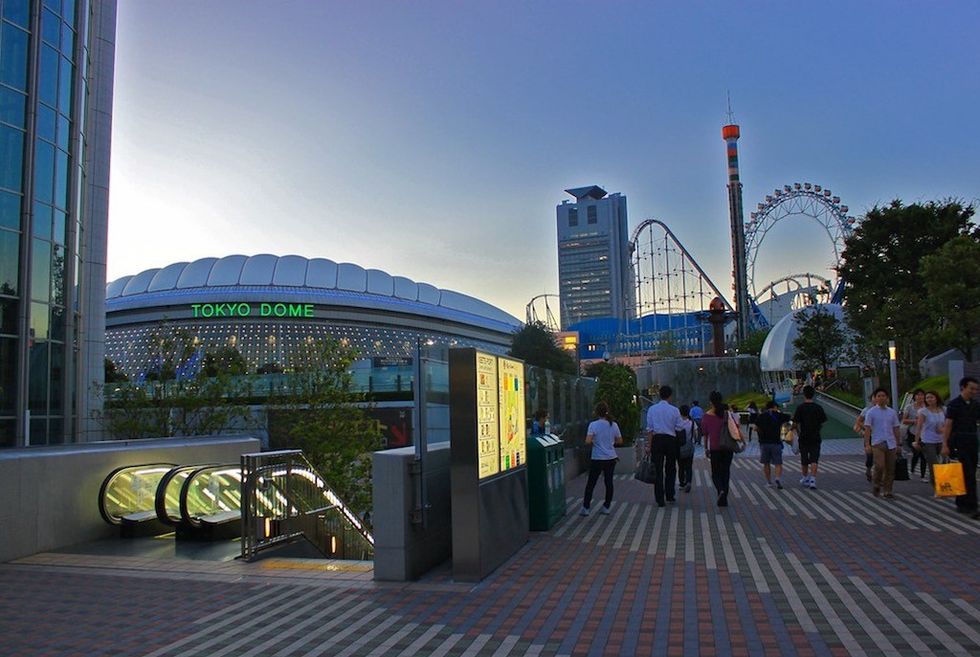






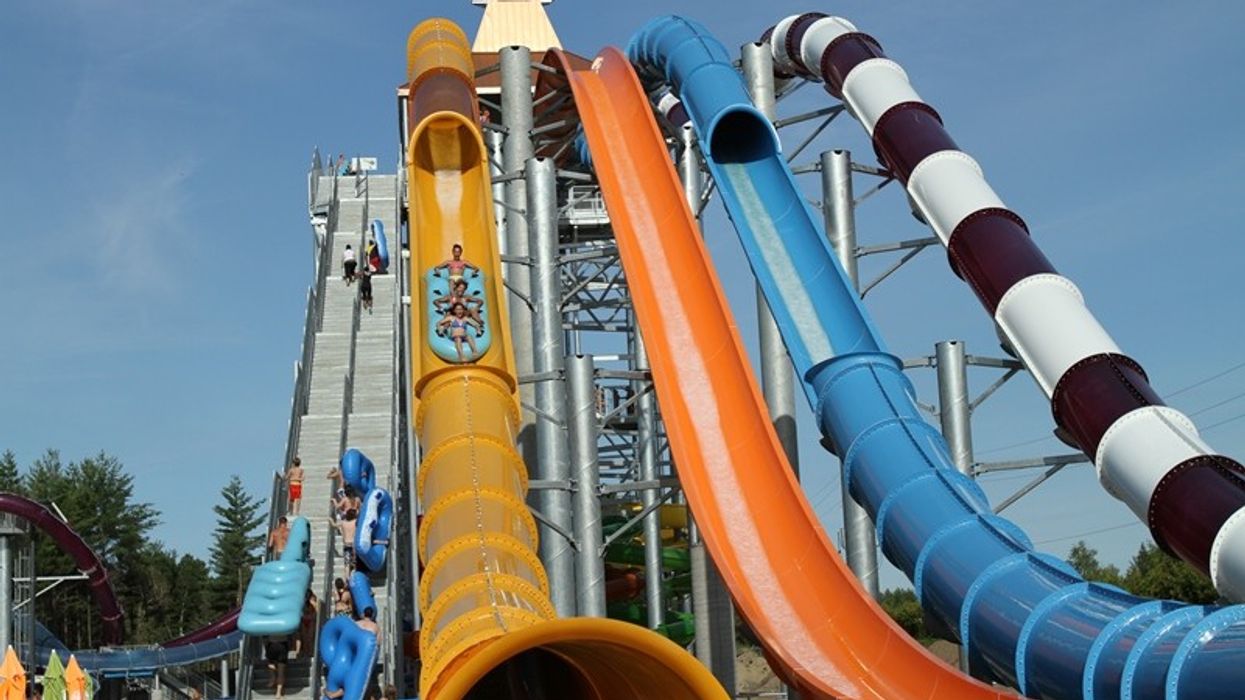

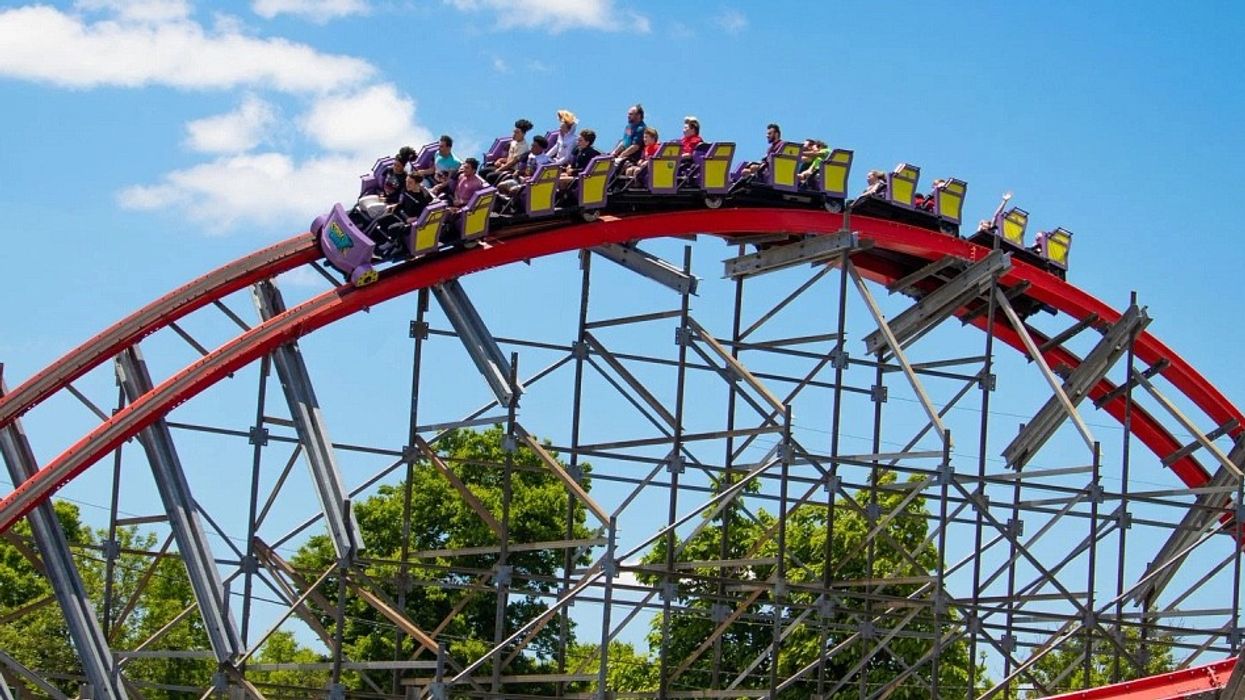

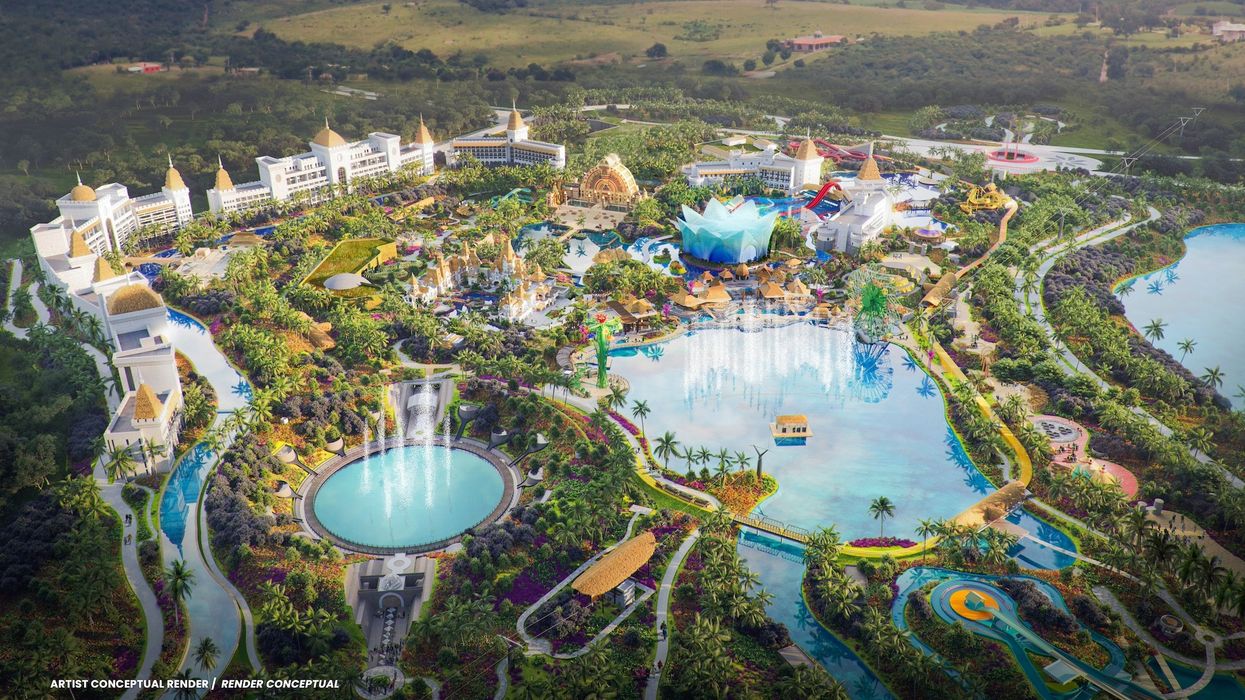
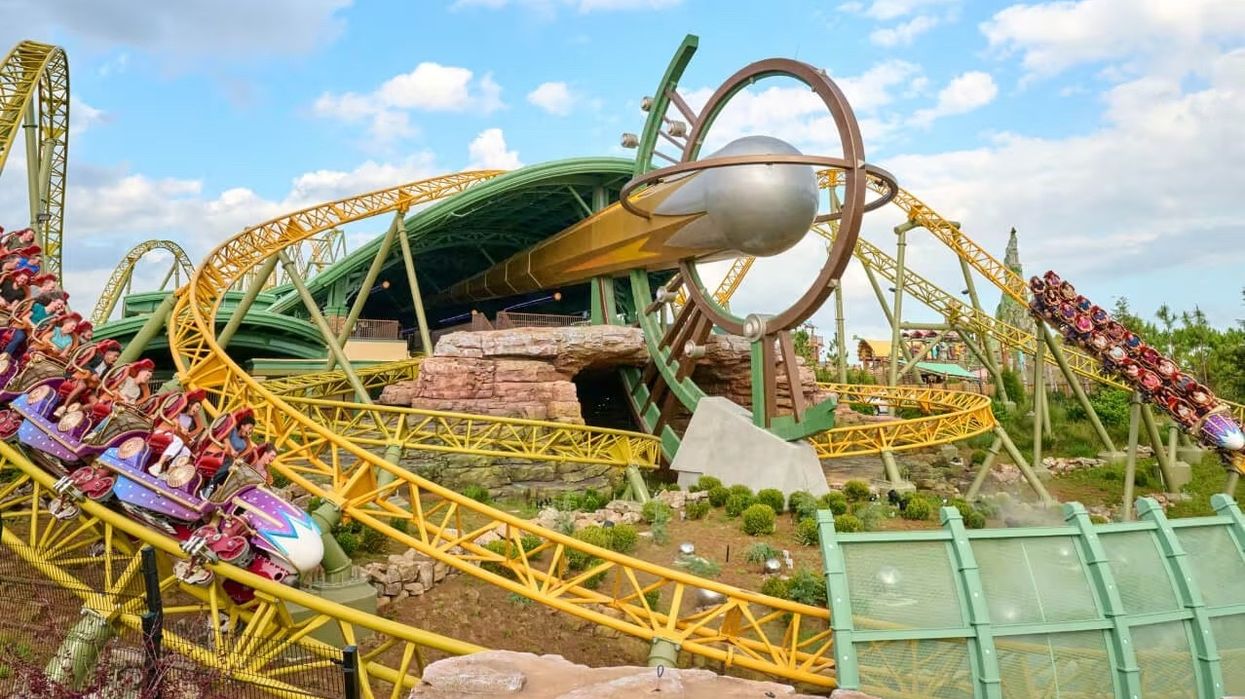
 Street view of Place Cacheé at Universal Epic Universe
Street view of Place Cacheé at Universal Epic Universe  View from the top of Super Nintendo World, Universal Epic Universe
View from the top of Super Nintendo World, Universal Epic Universe  Isle of Berk at Universal Epic Universe
Isle of Berk at Universal Epic Universe 
 Outside Frankenstein Manor in Dark Universe, Universal Epic Universe
Outside Frankenstein Manor in Dark Universe, Universal Epic Universe 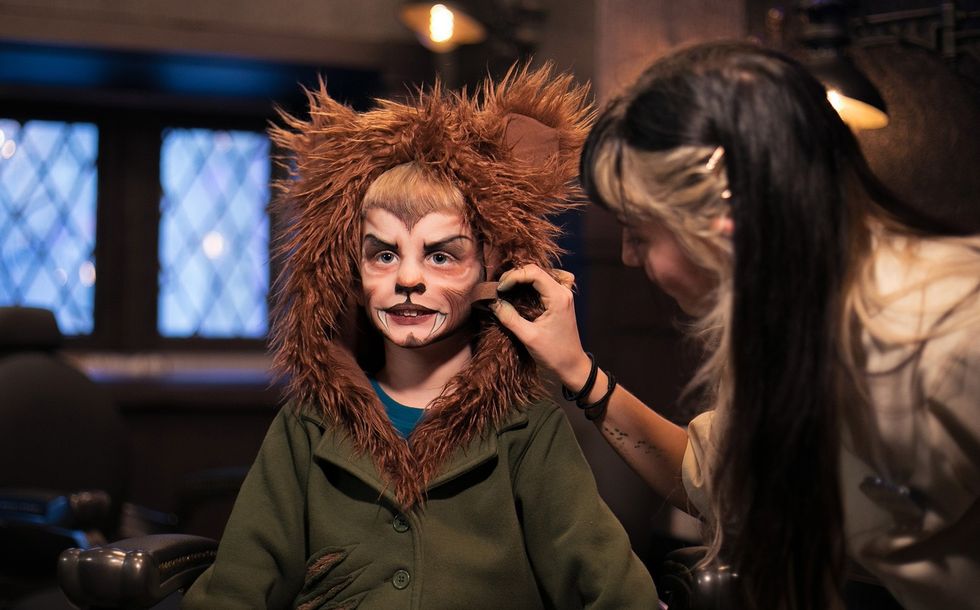 Monster make-up experience at Epic Universe
Monster make-up experience at Epic Universe 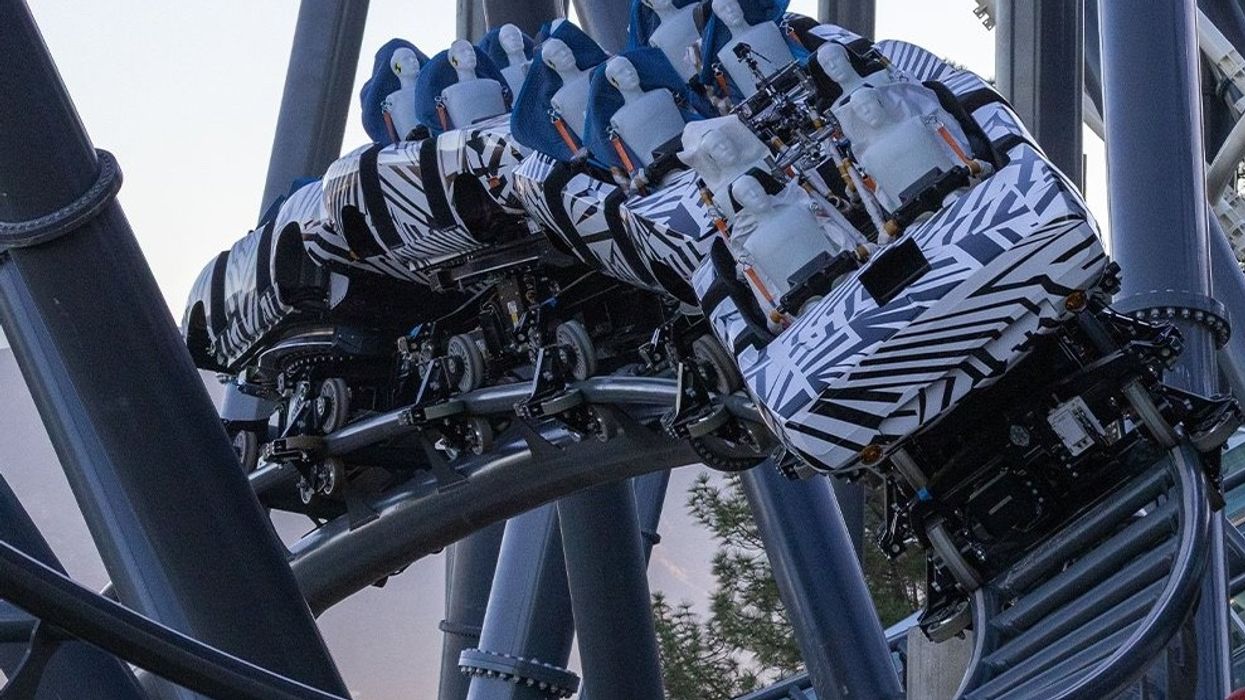
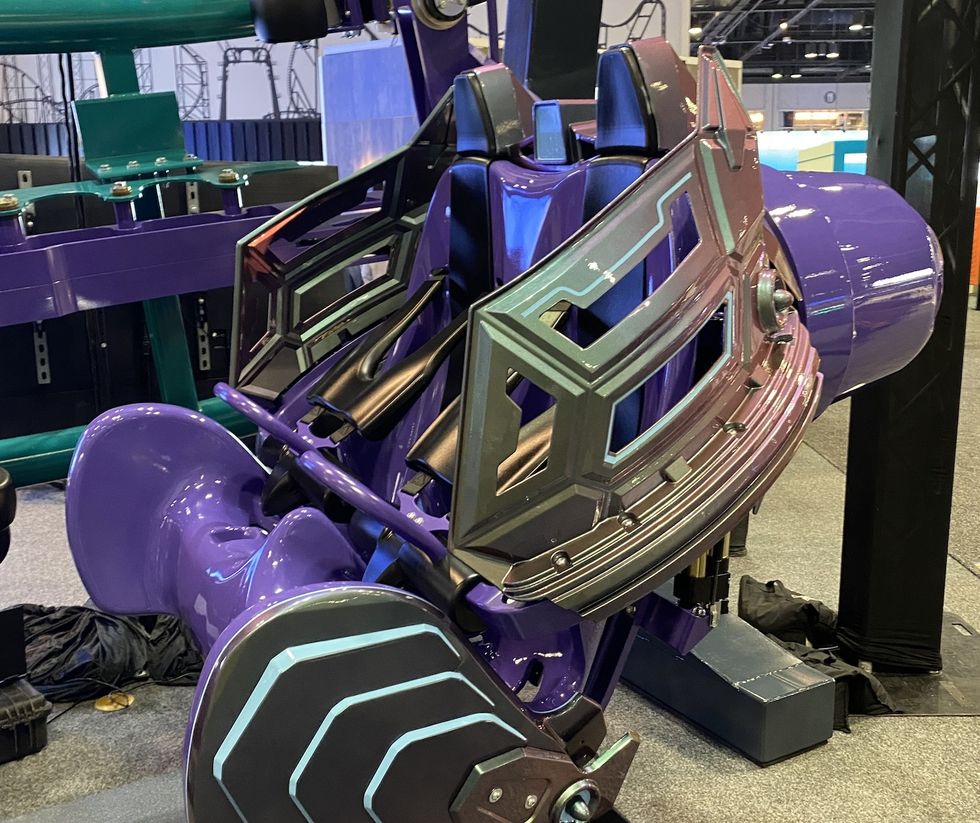
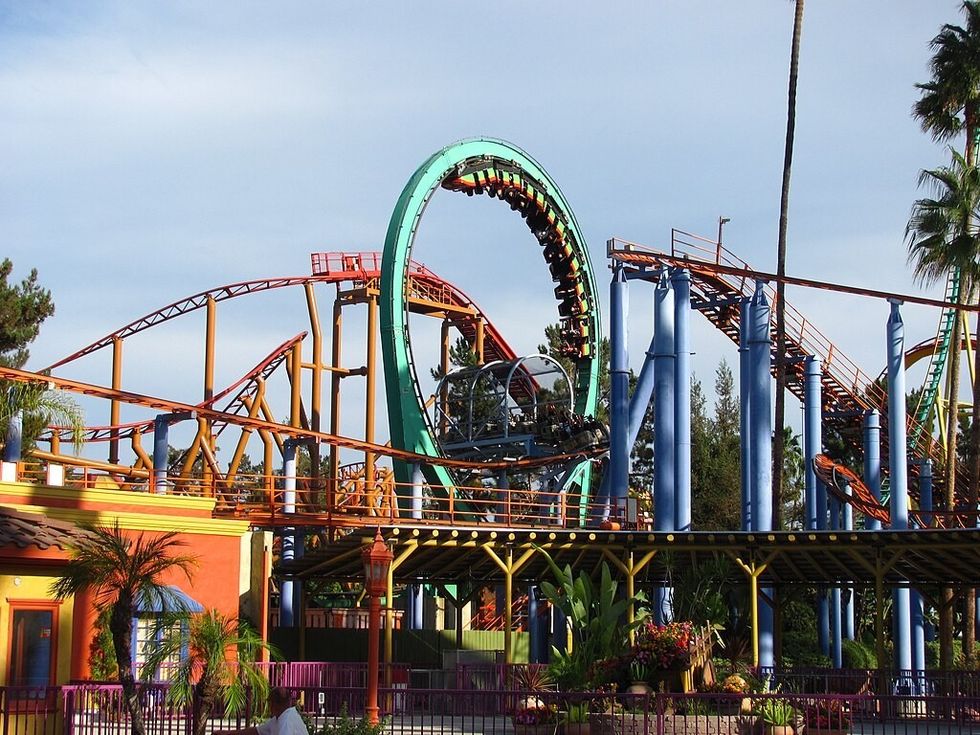


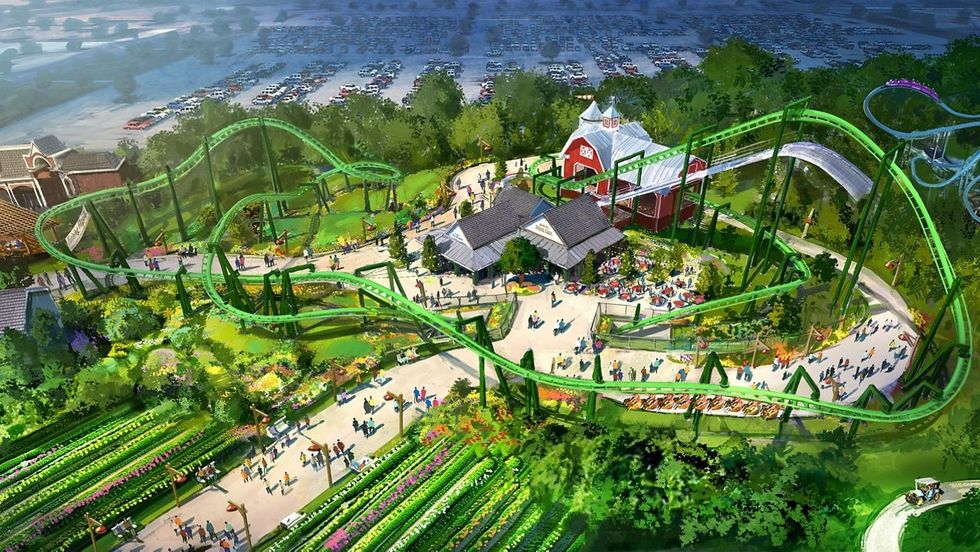



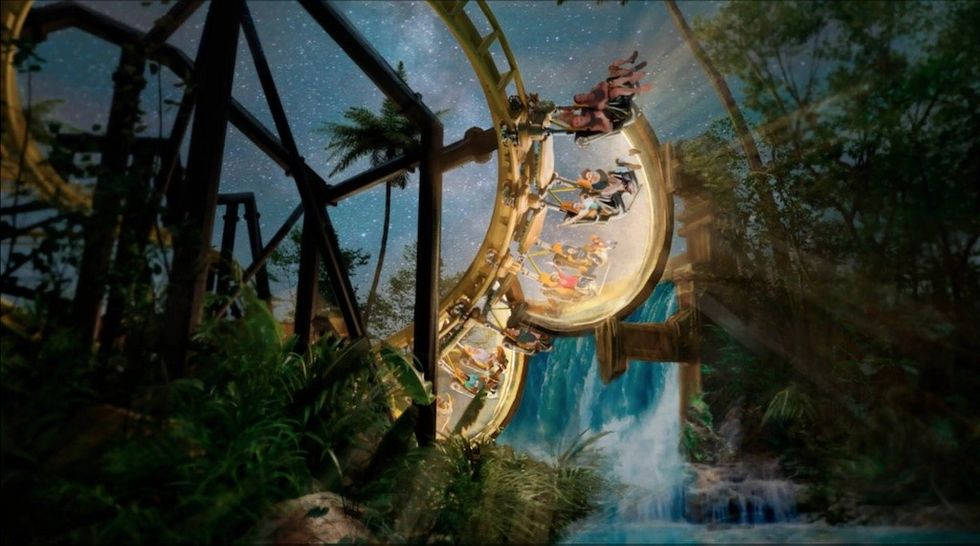
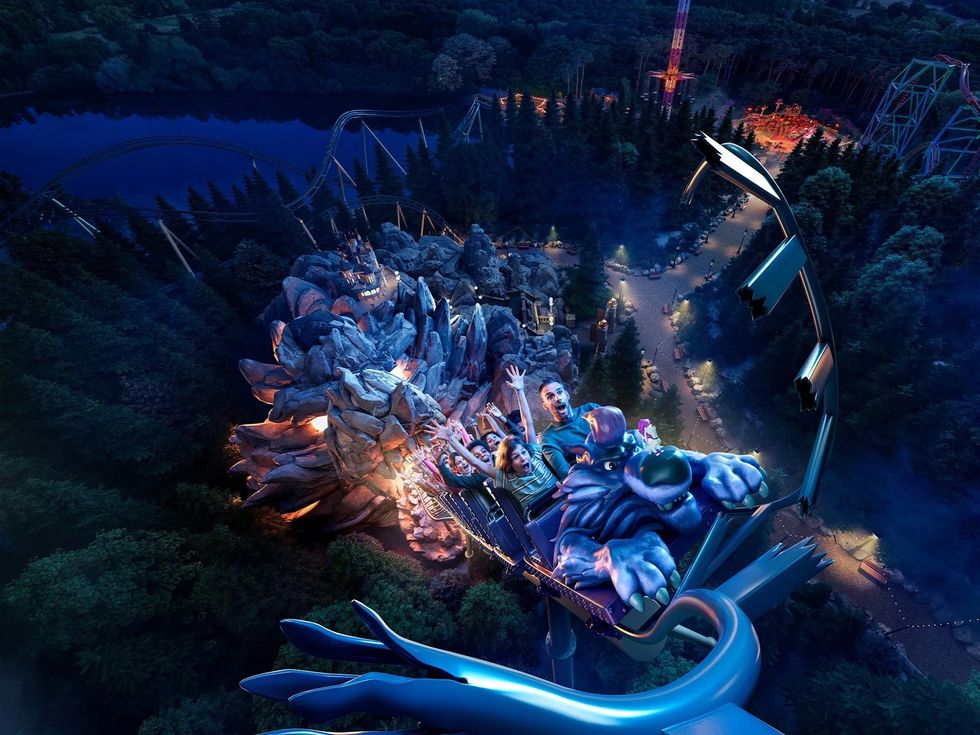
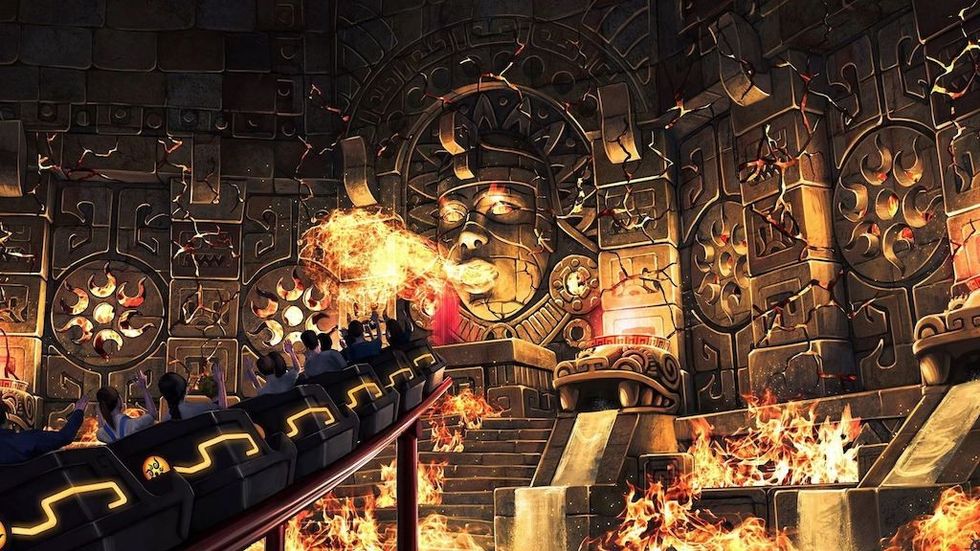
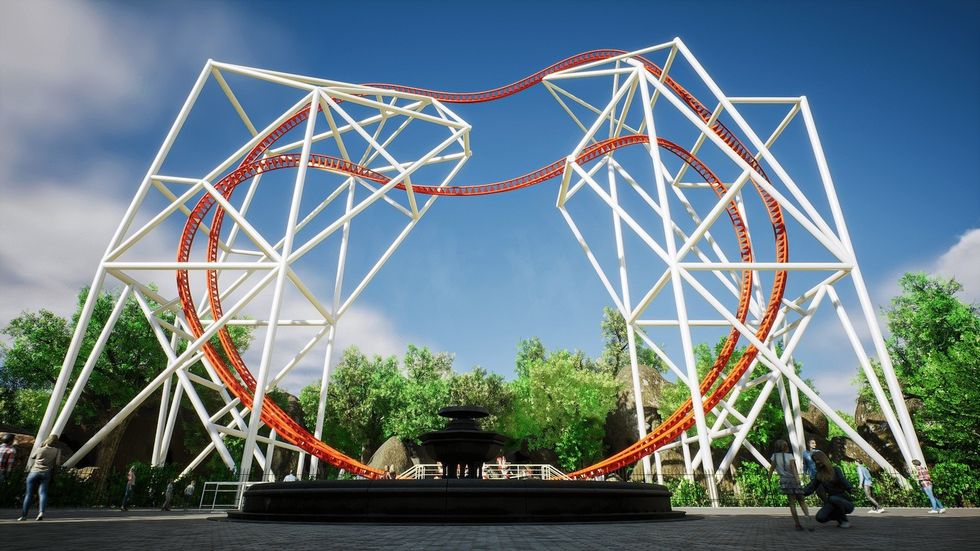

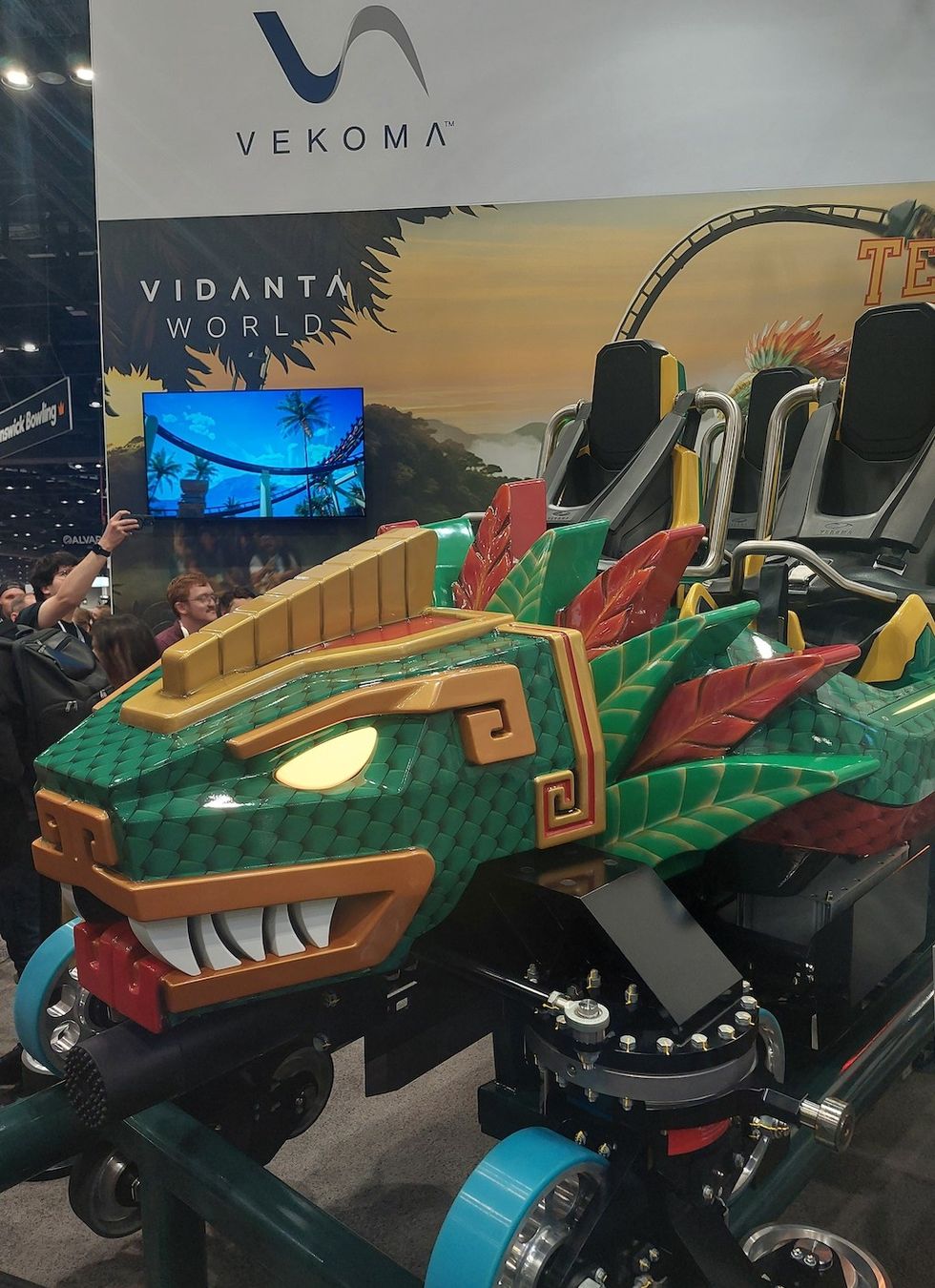

 Credit Disney
Credit Disney Credit Game Maker’s Toolkit
Credit Game Maker’s Toolkit Credit Fortnite
Credit Fortnite Credit Marvel Rivals
Credit Marvel Rivals
 Credit Pokémon Go
Credit Pokémon Go Credit Warner Bros. Studio Tour Tokyo
Credit Warner Bros. Studio Tour Tokyo
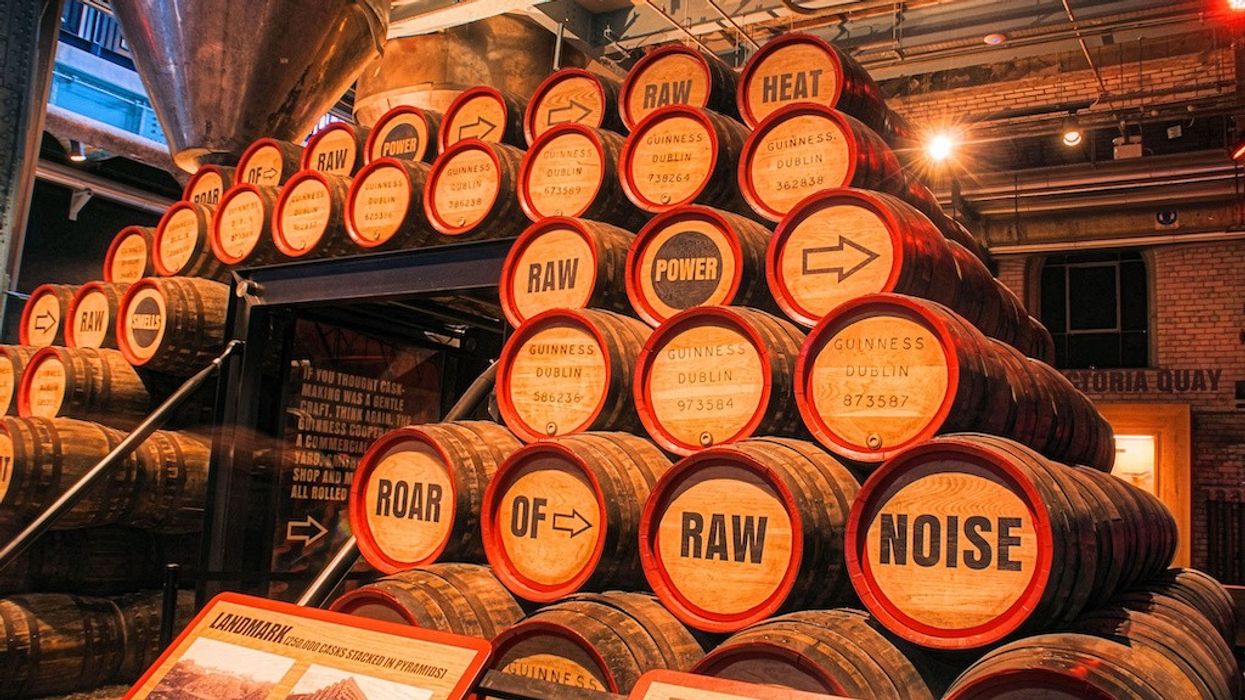
 Christian Lachel, chief creative officer, BRC Imagination Arts
Christian Lachel, chief creative officer, BRC Imagination Arts  Image credit AA+W - stock.adobe.com
Image credit AA+W - stock.adobe.com Chocoversum Image credit Sebastian Fuchs
Chocoversum Image credit Sebastian Fuchs 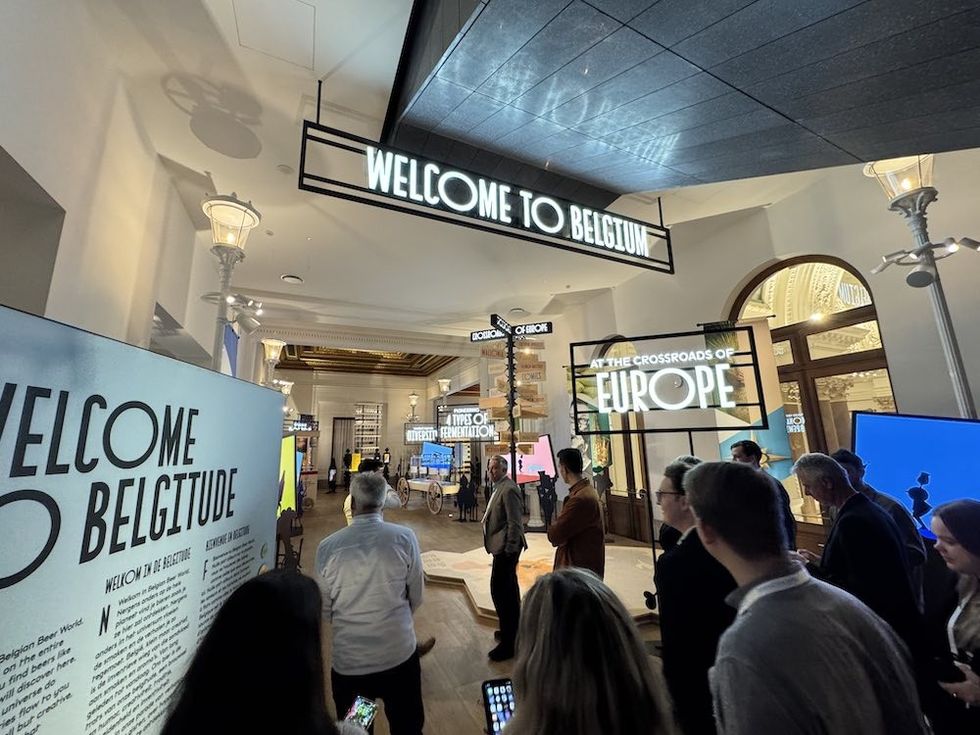 Belgian Beer World
Belgian Beer World